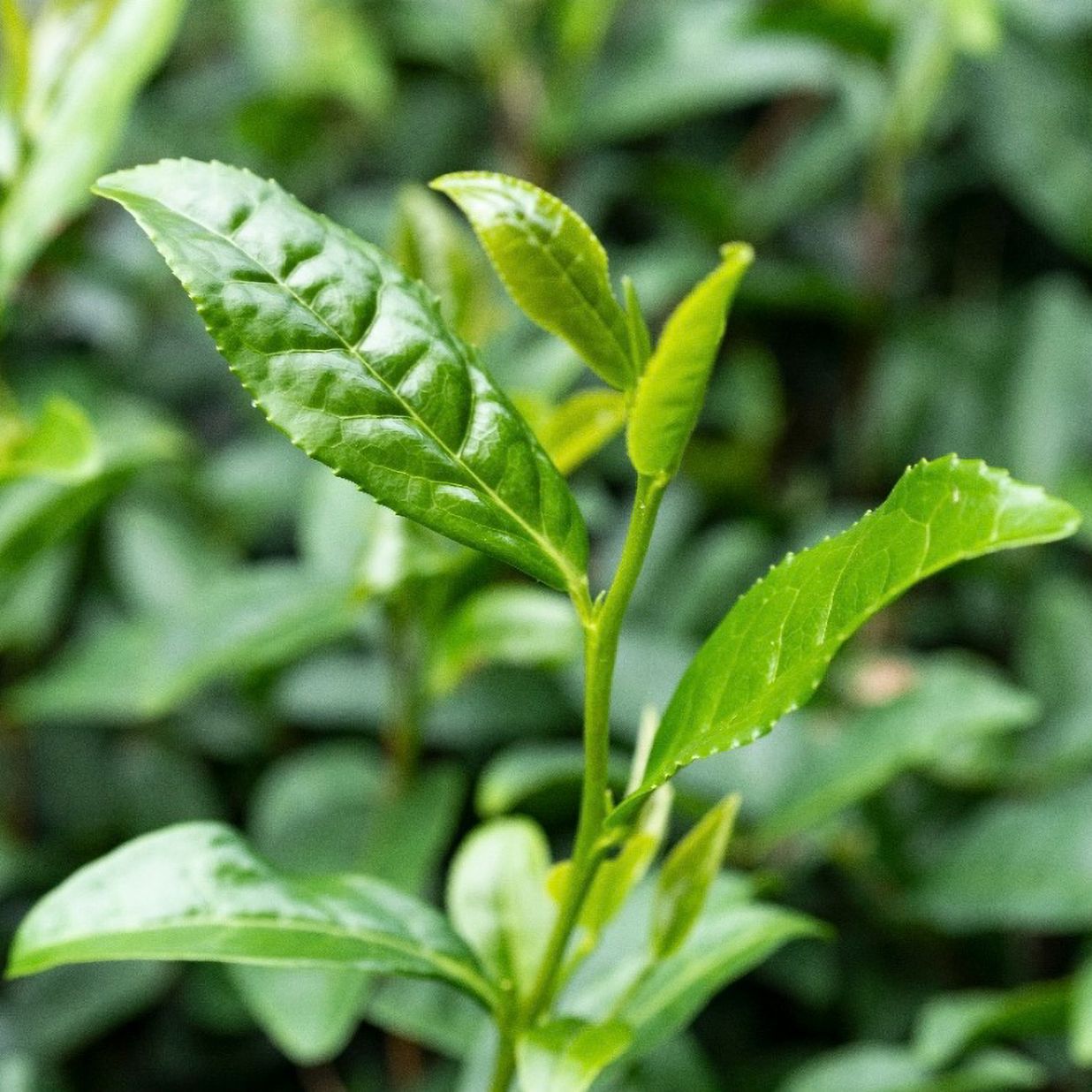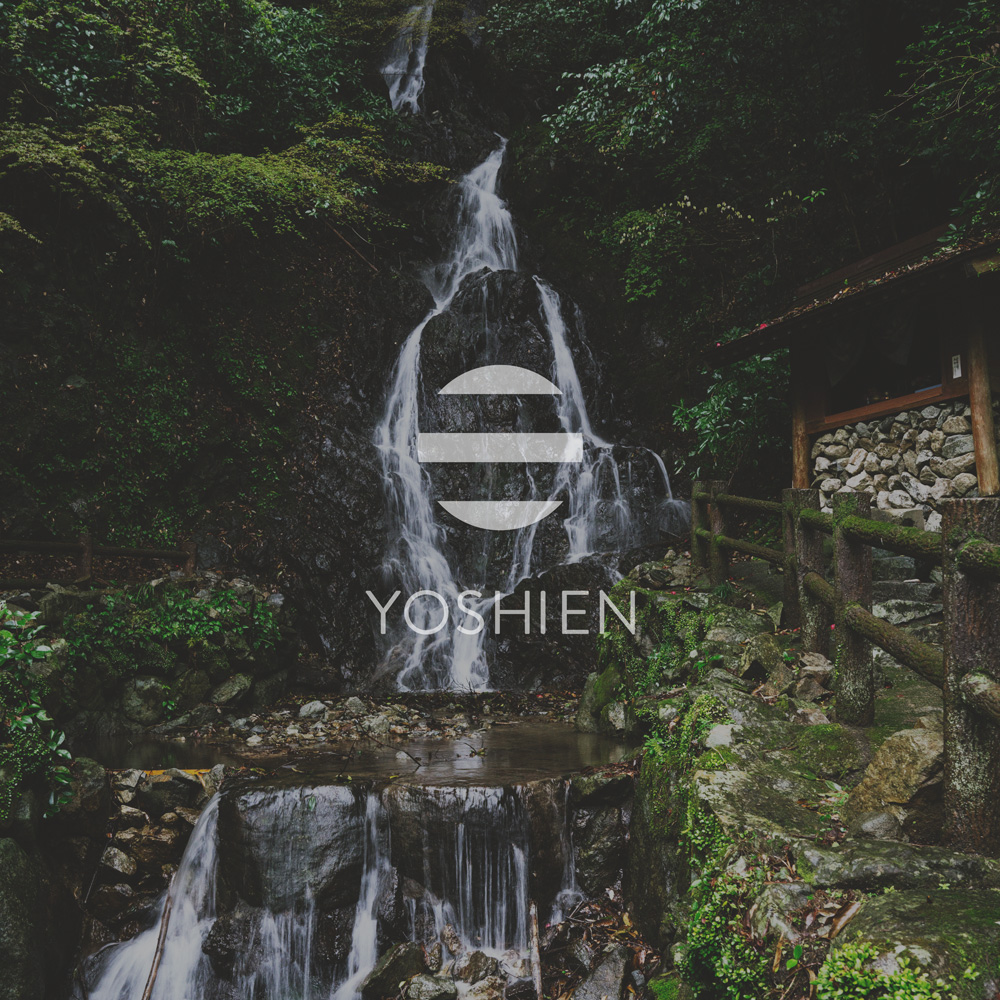CRANESBILL (HERB ROBERT)
Cranesbill (Geranium spp.) is a wild plant from the geranium family and is native to many regions of Europe. Herb Robert (Geranium robertianum) is particularly well known for its aromatic scent and delicate pink flowers. The characteristically deeply lobed leaves and the beak-like fruiting bodies, which give the plant its name, make cranesbill easy to identify. It prefers to grow in semi-shaded to shaded locations such as forest edges, hedges and damp meadows.
GOLDENROD
Goldenrod (Solidaginis virgaureae) is an agricultural crop which has been recognised for its various uses for centuries. The introduction of goldenrod to Europe took place in the 17th century, and since then, it has thrived as an invasive neophyte in the sparse forests and dry woodland meadows of Europe and North America. This medicinal plant, which announces the end of summer with its vibrant yellow flowers, can also be used as a natural dye.
DEAD NETTLE
Dead nettle (Lamium) is a low-growing, herbaceous plant often found in gardens and woodlands, known for its nettle-like appearance but without the sting (hence, "dead"). Historically, dead nettle has been used in traditional medicine as a gentle remedy for wounds, cramps, digestive issues, and respiratory ailments, with white dead nettle (Lamium album) especially prized for its soothing properties. In folklore, it was sometimes believed to offer protection from evil spirits.
NETTLE LEAF
The nettle (Urtica dioica, Urtica urens) deserves a place of honour among herbs. With around 70 species found across the globe (everywhere except Antarctica) it is hardy, undemanding and highly effective. It often thrives close to human habitation, and many butterfly species depend on it for survival. Known since ancient times, it was once believed to ward off evil spells.
LADY'S MANTLE
Lady's mantle (Alchemilla) belongs to the rose family (Rosaceae). Its species are widespread across Europe, Asia and Africa, thriving particularly at higher altitudes, with around 300 species in Europe alone. Its botanical name, Alchemilla, alludes to alchemy and the plant's perceived magical properties, a belief inspired by the droplets of water that form on its leaves and have been used in healing remedies since ancient times.
YARROW
A remarkably resilient perennial, yarrow grows throughout Europe and northern Asia, extending as far as the Arctic Circle. So hardy it often remains visible above ground even in winter, it is a plant with a long and storied tradition in herbalism. Yarrow's legacy is rooted in ancient Greek mythology, which holds that the hero Achilles used the herb to treat his soldiers. This legend is immortalised in yarrow's botanical name, Achillea millefolium.
GROUND IVY
Ground ivy (Glechoma hederacea L.), also known as creeping Charlie, grows across the ground, around trees and along fences and homes, with shoots extending up to one metre in length. It can be found across Europe, North and West Asia as far as Japan and has also been successfully introduced to the American continent. The Celts were drawn to its use in brewing beer, as it offers an exceptional source of bitterness, among other qualities. From sea level to mountainous regions, its presence can be an indicator for the surrounding nature's good health.
LEMON VERBENA
Lemon verbena (Aloysia citrodora) – also known as lemon beebrush or verbena – is originally native to Argentina, Uruguay and Chile. It arrived in Europe in the 18th century, where it was first scientifically described as a distinct species. This perennial plant thrives best in nutrient-rich, well-drained sandy soil in sunny, sheltered locations. In spring, new stems sprout from the rootstock, followed from May by the elongated leaves, which grow in whorls of three along the stem. At full maturity, they exude a pleasant, intense lemon scent. From August onwards, delicate white flowers with four small petals each appear, adorning the plant well into the autumn.
PANSY
The wild pansy (Viola tricolor), also commonly known as field violet, is a valued plant in traditional herbal medicine. It is during the flowering period that the aerial parts of the plant (the flowering herb) are harvested. While the violet spreads almost continuously across the Northern Hemisphere, it can also be found in the Southern Hemisphere, though only in higher altitudes (up to 2700m).
CORNFLOWER
The cornflower (Centaurea cyanus L., Cyanus arvensis) was so thoroughly eradicated that it nearly became extinct. As a result, it is now a protected species. Originating from the eastern Mediterranean region, it spread across Europe adapting to a variety of landscapes. It can even be found at altitudes of up to 1800m in the Alps. Our cornflower comes from natural cultivation on low-lime, well-drained, and nutrient-rich soils. Due to its high content of bitter substances and anthocyanin pigments, it holds a well-established place in herbal medicine.

















